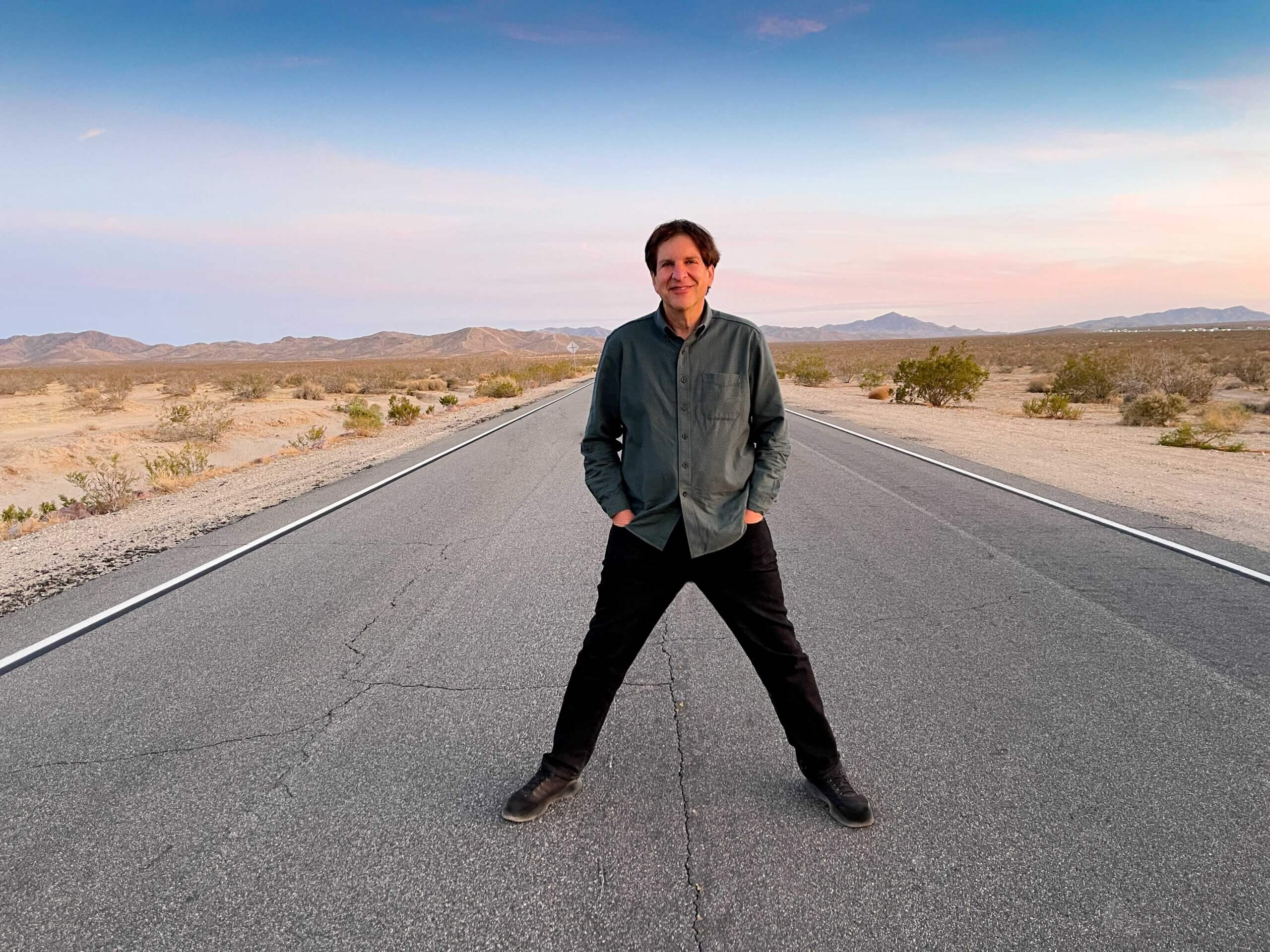I recently spent 10 days touring the western part of Japan, filming several episodes of my PhotowalksTV series, which is seen on YouTube and Amazon.
I left my big Sony (designed in Japan!) cameras back home, and only took two iPhones (assembled in China), a Samsung Galaxy S21 (made in South Korea) and China-based Insta360 X3 instead.
Did I miss my big and beloved Sony A7 IV? Not once? Did I wish I had the 70-200mm G Master lens to work with? Not really.
The quality of the smartphone cameras have gotten so good, that 90% of everything you want to do photographically, in good light, can be achieved on the phone. Exceptions are ultra-close-ups for wildlife and sports, and of course, lowlight photography.
In Japan, I was all about street photography, fast-paced, quick action shots of people out and about, candids of people relaxing, selling food and such, and of course, documenting buildings, sakura trees, waterfront, old bridges and the like.
Who needed an ultra-closeup for that?
I felt like the great street photographers in Paris of the 1930s and 1940s with their Leicas, working with the tools at their disposal. Back then, it was a 50mm lens. Today, on my iPhone 14 Pro, I have 13mm, 24mm, 48mm and 77mm. That’s even more versatile than my 24-70mm lens for my Sony.
I recently bought a Samsung Galaxy to better familiarize myself with Android, and found myself reaching for it more often than I expected. The reason? The Galaxy has a 10x zoom with a 200mm equivalent, and it helped me get a little closer than the iPhone, as you can see in the image below.

However, most of time, I was grabbing big wide shots, to show as much of the environment as I could.

The main advantage of using just mobile cameras for travel photography is comfort. You don’t have to drag heavy equipment with you all day. Your shoulders and neck will feel better. On top of that, you don’t have to worry about your gear getting stolen while traveling.

Then there’s the fear factor. I found that my best photos from Japan were candids of people. You can take great shots of buildings when you’re traveling, but it’s the faces we remember. I set out to pick up as many of them as I could.
When you shove a big black camera and imposing lens in their face, many people get awkward and scared. With a smartphone, they don’t think twice and continue being natural.

Finally, thank you Insta360 for finally solving the 360 problem. It was a novelty when it came out, but there was no software available to process the images. Now, I can walk down the street holding a 360 camera and it picks up the action in front of me and behind me. Via Insta360’s great free software, I can now process the images. I’ll never make another travel video without it!













